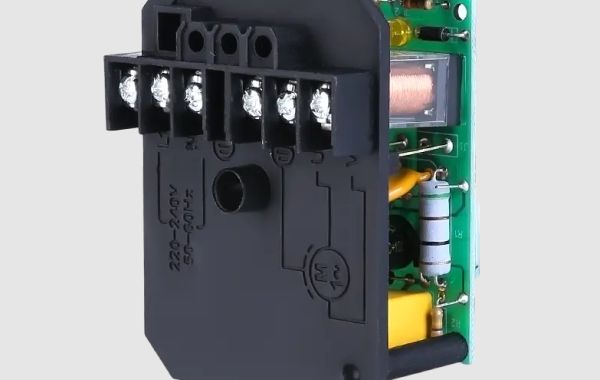Water pump controllers come in various types, each designed to meet specific needs and applications. Understanding the different types helps in selecting the most suitable controller for a given water management system.
Float switch controllers are among the most common types used in residential and commercial applications. They operate based on the water level in a tank or well. A float mechanism rises and falls with the water level, triggering the pump to start or stop accordingly. Float switch controllers are simple, reliable, and easy to install.
Pressure switch controllers are ideal for systems requiring constant water pressure, such as in domestic water supply or irrigation systems. These controllers monitor the pressure in the water supply line and activate the pump when the pressure drops below a set threshold. Once the desired pressure is reached, the controller shuts off the pump. This ensures consistent water pressure and efficient pump operation.
Digital water pump controllers are more advanced, offering greater flexibility and control. They typically feature digital displays and programmable settings, allowing users to set specific parameters for pump operation. Digital controllers can monitor multiple variables, such as water level, pressure, and flow rate, providing comprehensive control over the water management system.
Remote-controlled water pump controllers offer the convenience of operating the pump from a distance. These controllers can be connected to a central control system or accessed via mobile devices, enabling users to monitor and adjust pump settings remotely. This is particularly useful in large-scale or hard-to-reach installations.
In conclusion, water pump controllers are available in various types, including float switch, pressure switch, digital, and remote-controlled controllers. Each type offers unique advantages, making it important to choose the right controller based on the specific requirements of the water management system.








